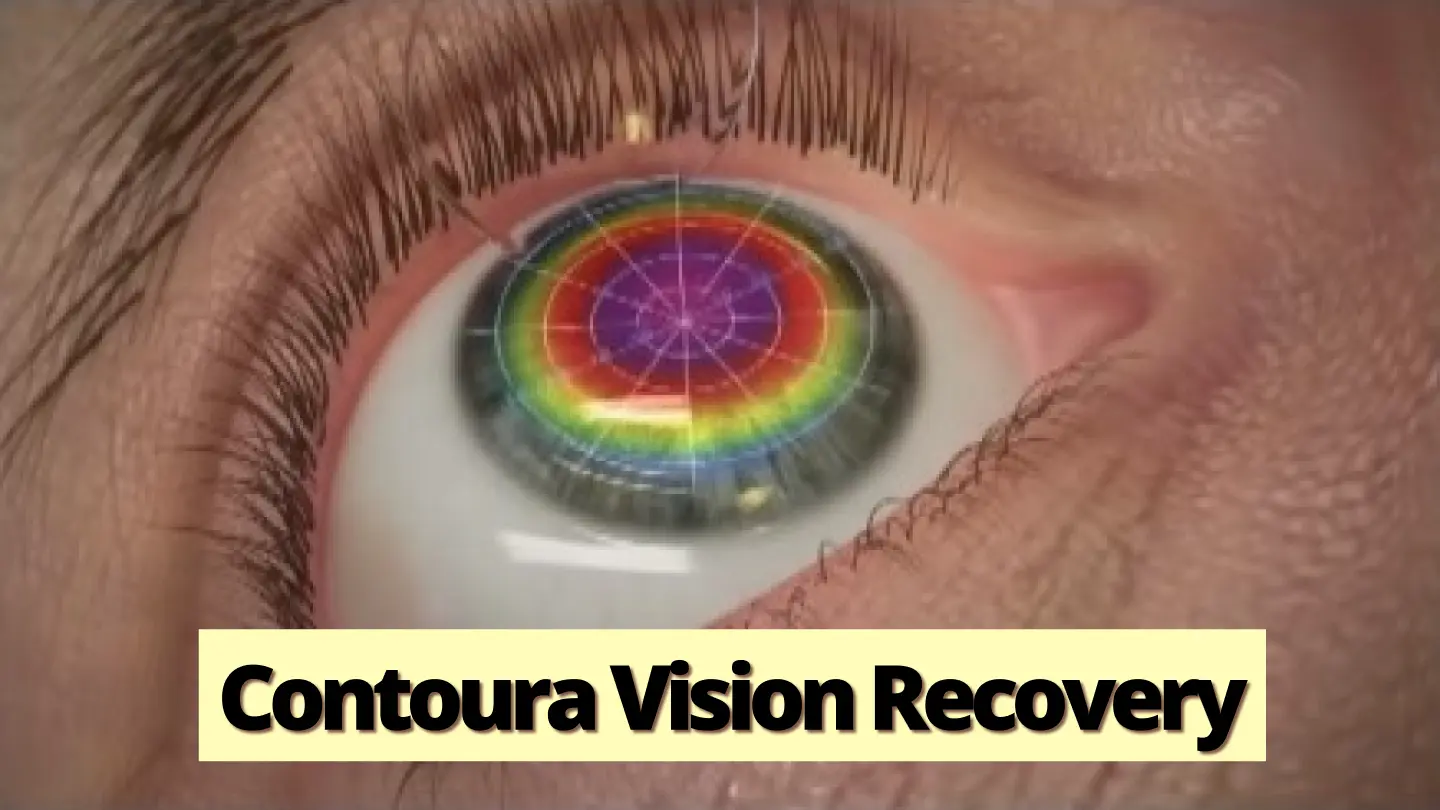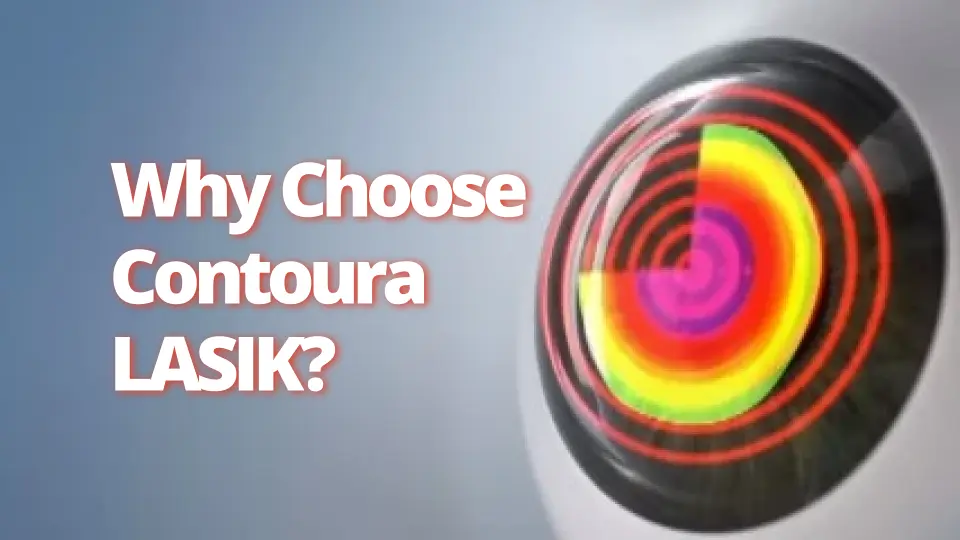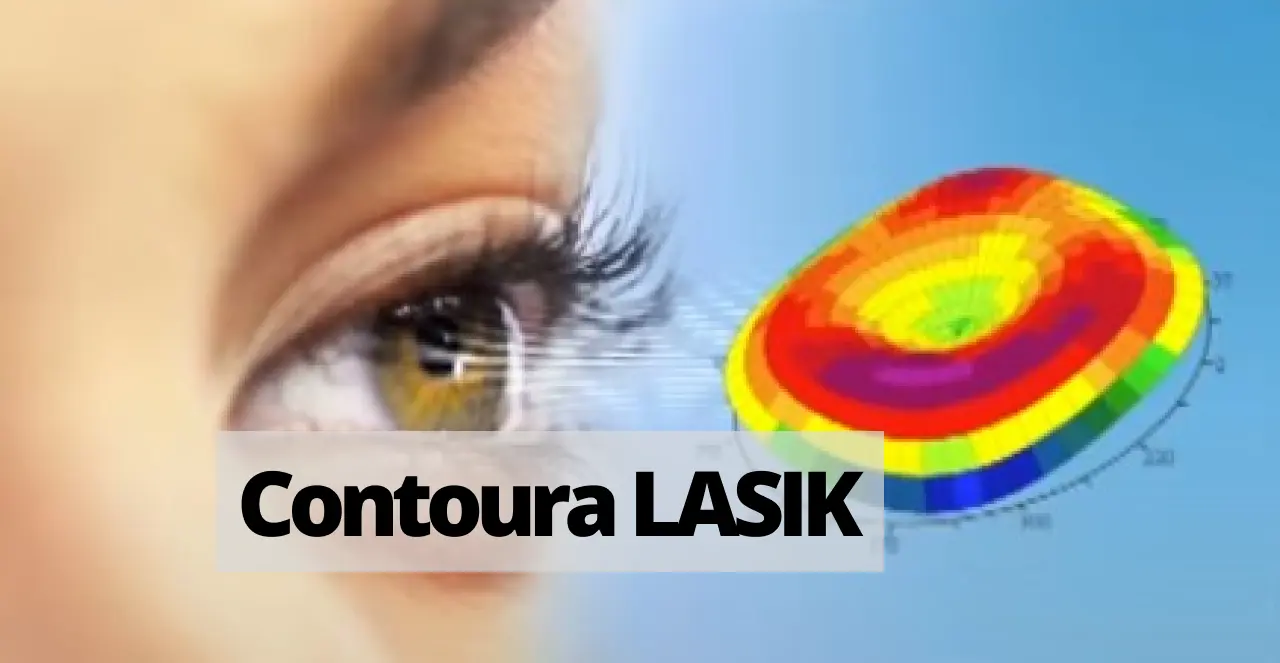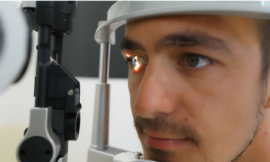People today worry about getting better treatment for their eye diseases. Some choose IOLs, and some opt for corneal reshaping surgery for long-lasting results. You may be looking for an FDA-approved advanced treatment for nearsightedness or nearsightedness with astigmatism.
After researching, I have found that most patients get their eyes 20/20 from COUNTOURA LASIK (FDA approved). It helps doctors by giving accurate data about the cornea’s structure and curvature of the patient. The diagnostic device Vario Topolyzer is used to get the corneal data. The corneal data an ophthalmologist will get is up to 22,000 elevation points. It’s now considered the best LASIK choice for better vision.
Contoura LASIK – A Topography-Guided Surgery:
Contoura LASIK would allow for customized treatment for nearsightedness with positive results. This advanced form of LASIK uses mapping technology to obtain comprehensive details about the patient’s cornea. It detects imperfections in corneal symmetry and creates a corneal profile for a personalized laser ablation treatment. It is almost risk-free and provides remarkably good results.
With corneal topographic guidance, ophthalmologists can perform vision correction surgery using an EX500 laser. Corneal topography refers to the coordination of the tissue structure in the eyes.
Describe the Contoura LASIK Procedure briefly:
Contoura LASIK is the best-advanced vision correction surgery for minus cylinders. As discussed before, contour works with laser technology for improved vision. Optical topography and iris imaging make surgery plans tailored to patients’ needs. Let’s discuss the contoura procedure step by step for better understanding;
- Barrage Laser Treatment (a procedure to strengthen the retina): If you are a myopia patient with feeble eyes, your surgeon will likely recommend you undergo barrage treatment 3-4 weeks before the contoura LASIK procedure.
- Incision: After numbing your eyes the surgeon will make two incisions in your cornea with laser technology.
- Reshaping the cornea: A Corneal trephine or similar instruments will be used to extract tissues from the impaired corneal site and reshape the cornea.
- Little or no pain: Once the procedure is complete, the patient should feel little or no pain during or after the contoura surgery.
The Vario Topolyzer will detect the refraction of light from the retina and give signals on the graph using contoura software. It makes myopia treatment with or without blurry vision (astigmatism) painless and smooth to get rid of glasses and other biocompatible lenses.
Vision recovery after Topography-Guided contoura surgery:
- It should be kept in mind that the cornea heals faster than any other body tissue or organ.
- Better vision can be achieved within 24 hours. After 6-7 days, eye problems such as halos, blurriness, and cloudy night vision will be gone.
- You should follow your surgeon’s prescriptions and avoid rubbing your eyes.
- It would be best to avoid activities that directly or indirectly put pressure on or involve your eyes.
- After vision correction surgery, mild pain and dry eyes are expected. However, contact your doctor for treatment if you develop dry eyes or other acute conditions. Acute conditions occur only in rare cases; most patients experience no complications.

Discuss the pros and cons of contoura LASIK:
Like other medical procedures, Contoura LASIK has advantages and disadvantages that a patient may experience during and after the surgery. But contoura LASIK has more advantages in that we can overlook its cons for clear vision.
Pros:
- It can treat your vision problem, which can be nearsightedness, farsightedness, and myopia.
- It gives you freedom from eyewear-caring responsibilities.
- You will feel no discomfort during the procedure.
- It doesn’t involve piercing and cutting.
Cons:
- It is more expensive than other eye surgeries.
- It may cause dry or itchy eyes.
- Not covered by insurance or supported by the HSA and FSA fund.
Who is an ideal candidate for contoura vision LASIK?
In the early days of Contoura LASIK approval, only nearsightedness and astigmatism could be treated by the procedure, but now both high and low-order aberrations can be fixed with this Topography-guided laser surgery. Only some eye patients are eligible to go for Contoura LASIK. The requirements to qualify for this surgery are;
- Patients should be 18 years or older up to 50 years.
- Myopia with –12 diopters or higher.
- Astigmatism (blurred vision) with –or 6 diopters.
- Should not have diabetes or other serious complications.
- Have been impaired in vision for a long time.
Get a consultation with your doctor for your eye examination if you have any complications.
Contoura LASIK cost:
The average cost of Contoura Topography-Guided LASIK in the USA is $ 2000- $ 4000. However, the cost may vary depending on the surgeon’s seniority, location, and package. The cost would also be higher if a patient needs extra consultation or medication for secondary purposes.

Why Choose Contoura LASIK over other surgeries?
Despite spending too much money, time, and energy on traditional eye surgeries, many people don’t get the improved vision they want. An FDA-backed study has demonstrated that couture LASIK is outclassed over other traditional surgeries by giving better visions to patients of corneal aberrations, coma, myopia, hyperopia, and astigmatism.
- Every patient who got contoura gets their vision 20/20.
- While 89% of patients achieved 20/15 vision
- Whereas 28% of patients achieved 20/10 or more improvement.
Comparing contoura vision Topography guided LASIK with other traditional surgeries is like apples and oranges.
Difference between Contoura vision optical procedure and LASIK:
Let’s check the difference between the two optical surgeries;
| Contoura Vision Surgery | LASIK Surgery |
| It uses an advanced Topolyzer Vario device for better treatment. | It uses a traditional femtosecond laser to treat. |
| It provides better results for –6 to +6 D. | It gives improved vision for –0.5 D |
| Contoura can measure up to 22000 elevation points. | It only measures about 200 visual acuity points. |
| It will free you from eye problems. | It gives better results sometimes. |
Frequently Asked Questions
1. Is Contoura Vision better than LASIK?
Contoura Vision is better than LASIK because it uses mapping technology to measure elevation points up to 22,000. It provides comprehensive data to the doctor for personalized surgery.
2. How long does Contoura LASIK last?
It can last for the rest of your life. In exceptional cases, a patient may experience blurry vision due to weakness or age factors. In 2024, it is considered the best option for vision correction.
3. Is Contoura more expensive?
Contoura LASIK is a little more expensive than traditional LASIK, but its results will be excellent.
4. How much does Contoura Vision surgery cost in the US?
The average contoura vision surgery cost is about $ 2000-$ 4000 per eye in the US. For both eyes, some clinics offer a discount with a free consultation.
5. Why is Contoura Vision so expensive?
Contoura is expensive because, in this surgery, the doctor needs multiple eye tests, including iris imaging and optical Topography.
6. What are the disadvantages of Contoura Vision?
It is more expensive, may cause dry or itchy eyes and cloudy and blurry vision during the night, and is not covered by insurance companies.
References:
Cummings, A. (2018). Topography-Guided and ContouraTM laser vision correction. In Springer eBooks (pp. 115–165).
Özülken, K., et, al. (2019). Comparison of Wavefront-Optimized ablation and Topography-Guided contoura ablation with LYRA protocol in LASIK. Journal of Refractive Surgery, 35(4), 222–229.
Disclaimer: The content above is for informational purposes, not medical advice. We don’t provide consultation or expert advice.




